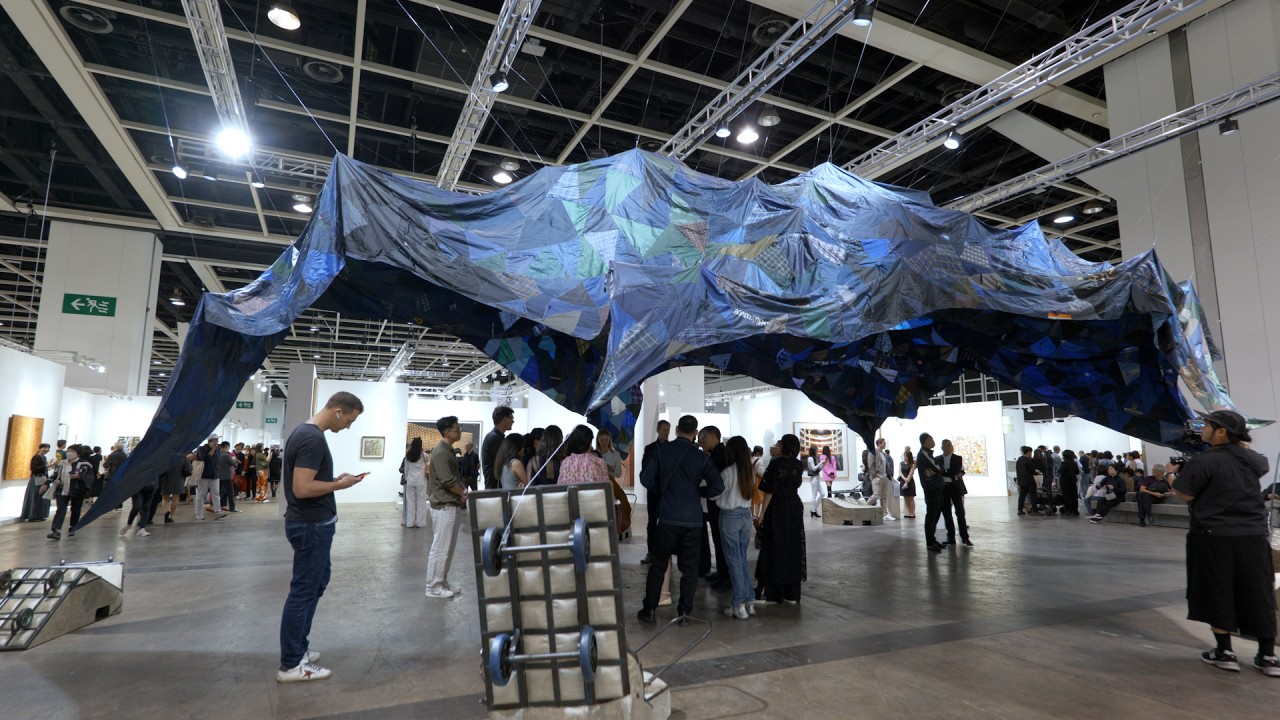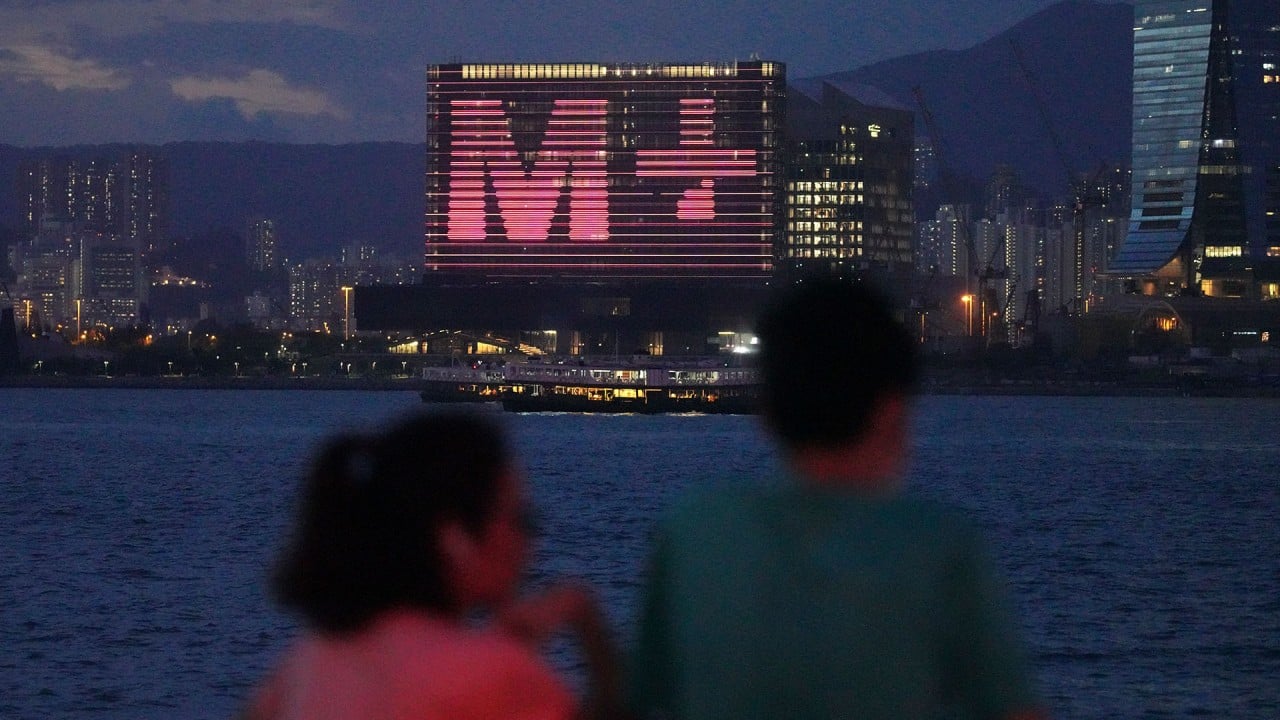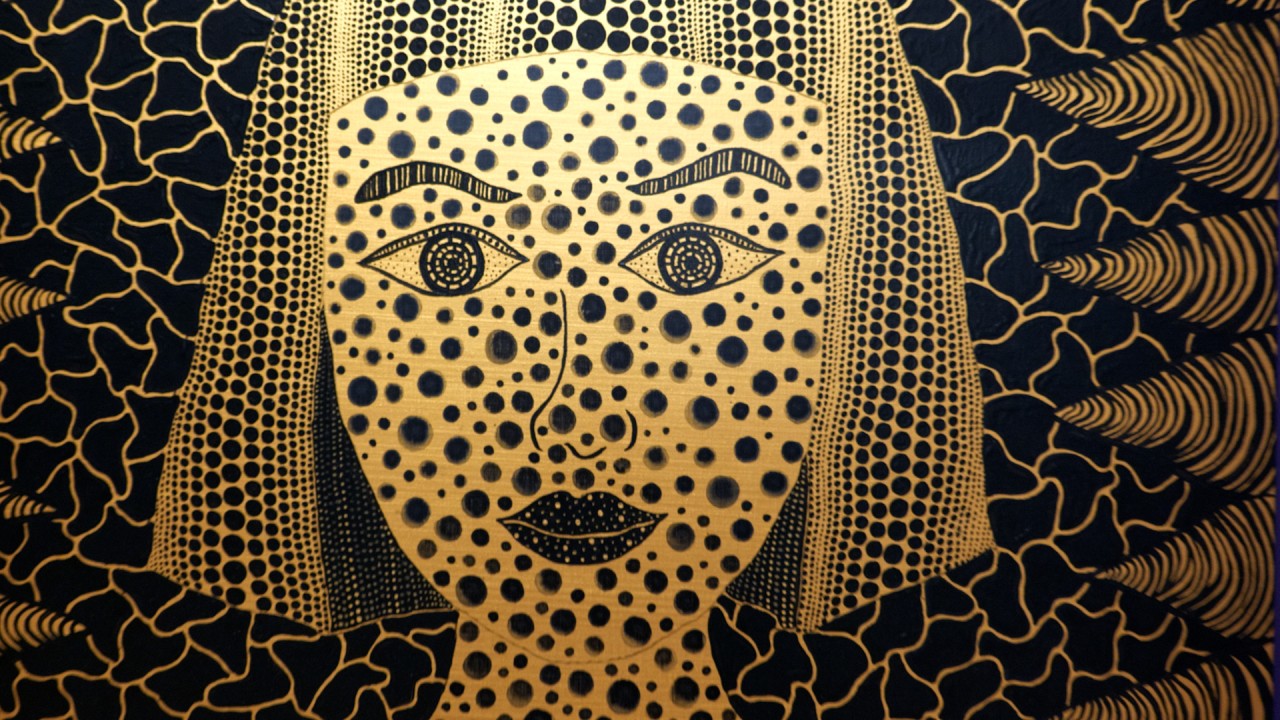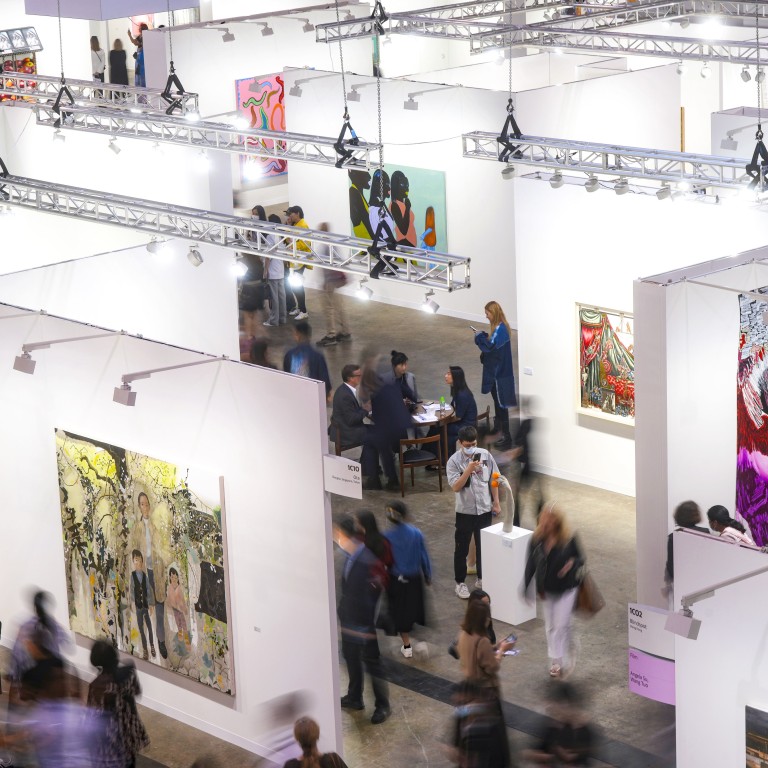
Hong Kong shows off its artsy side as overseas connoisseurs return for Art Basel, M+
- Global Impact is a weekly curated newsletter featuring a news topic originating in China with a significant macro impact for our newsreaders around the world
- In this edition, we look back at what is dubbed ‘Hong Kong Art Week’, which also saw M+ – the city’s museum of visual culture – receiving overseas visitors for the first time
With Hong Kong’s Covid-19 rules finally a thing of the past, the city’s flagship contemporary art fairs and the many galleries around town were more than ready to welcome back international and mainland visitors after three years in isolation.
Previously secure as the region’s most important art market, Hong Kong’s confidence has been badly knocked as other cities reopened their borders much earlier and new art fairs were announced for Singapore, Tokyo and Seoul, where the Centre Pompidou will open a new branch in 2025, it was announced this week.
And among the many people who have left Hong Kong after the introduction of the National Security Law in 2020 were artists and other creative talents. The law brought in a new system of political censorship previously absent in a city that could rightly boast of having more freedom of expression than most other places in the region.
As a sign of how important Art Basel Hong Kong and the satellite fair Art Central are to the government’s plans to rebrand Hong Kong as a cultural centre after the pandemic, the two privately run for-profit art fairs were both supported by the government’s new mega arts and cultural events fund.
Art Basel had 177 galleries this year – 47 more than the previous year when most overseas galleries were only setting up “satellite” booths remotely without sending over any representative and around a third smaller than the scale of the fair in 2019.
He later noted that the “sweet spot” was somewhere between the low-to-mid price range by Art Basel’s standard. Among the relatively few US$1 million-plus works sold were a US$5 million painting by Kazuo Shiraga (Kisan (1991)) at Fergus McCaffrey gallery, a George Condo painting that sold for US$4.75 million to a private collection based between Hong Kong and Los Angeles at Hauser & Wirth, and a US$2.2 million Elizabeth Peyton painting that sold to a “major Asian museum” at David Zwirner.
‘Hard to find elsewhere’: why Art Basel Hong Kong was a big draw
As is often the case in the Asian contemporary market, the most expensive art is by Western artists, followed by Japanese and South Korean ones.
But visitors pointed to impressive booths from Asian galleries who brought fresh, less familiar names and more challenging works to the show, including young galleries that were able to get into the normally highly competitive Art Basel more easily this year because not all major international dealers were ready to come back to Hong Kong.
Indonesian collector and art fair director Tom Tandio felt that it was an unintentional bonus for visitors.
“Normally, the big international galleries would dominate the fair, but because some still hadn’t come back, there was room for smaller Asian galleries. And I am very pleased to see what they’ve brought to the fair,” he said.
“There would be people who felt that it was too risky to sign up this year in case the Hong Kong government suddenly reintroduced Covid restrictions. It takes time for the city to convince everyone that it is ‘safe’ to come back,” he said.
The fair also coincided with the start of Ramadan, which meant that few collectors from Muslim-majority countries such as Indonesia and Malaysia came this week, he added.
Not everyone sold better than during the pandemic. Smaller galleries said online sales last year were better than the in-person sales this year, and the profit margins for online sales were higher, too. And some local galleries found that they were overshadowed by buzz around the international names returning to the city.
As far as the international verdict on M+ is concerned, it was overwhelmingly glowing. Most visitors waxed lyrical about the quality of the collection and the exhibitions and expressed hope that the museum will withstand the political storm surrounding its Chinese art collection – politicians have been calling for the museum to take down works deemed critical of the government.
Though censorship did make it into the news this week.
Censorship and copyright infringement aside, there was an overwhelming sense of goodwill among visitors.
Most seemed eager to reconnect with Hong Kong and to find that the city is alive and well after four years marked by political turmoil and pandemic isolation.
During the Post’s panel discussion, Jeffrey Deitch, art dealer, curator and former director of the Museum of Contemporary Art in Los Angeles, recalled the time when he brought Andy Warhol to Hong Kong in 1982, just one of many visits he has made to the city since. The city was cosmopolitan and sociable as it is now, he said.
It was as if the international art community was restaking their claims in a city that for generations has been a cultural bridge between East and West, Tanio said. Hong Kong’s strength is its neutrality, he pointed out.
“It doesn’t just push Hong Kong art. It still has an openness that is hard to find elsewhere,” he said.
60-Second Catch-Up
Deep dives
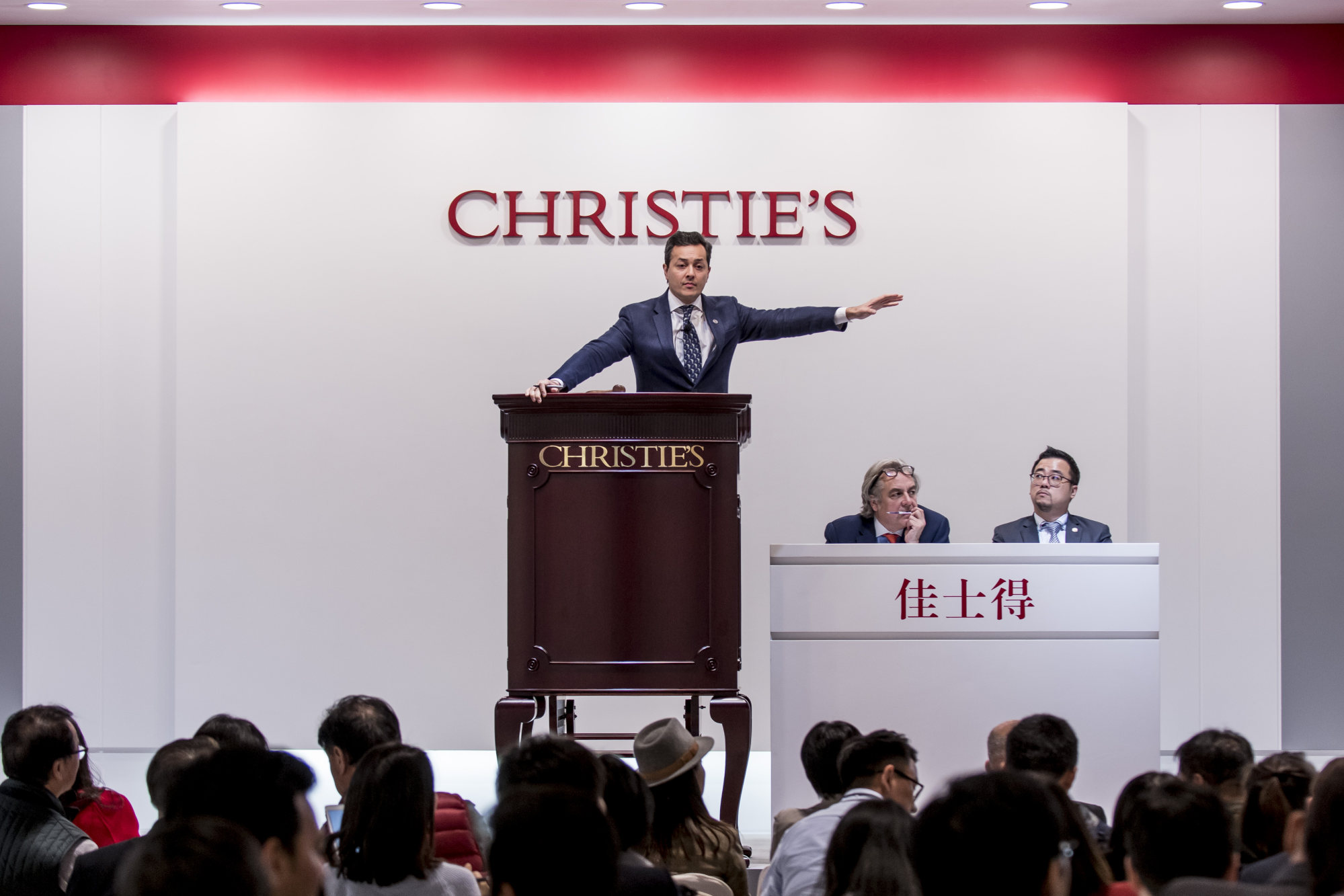
Auction houses Christie’s, Sotheby’s and Phillips expand in Hong Kong
-
Auction firms in Hong Kong have announced bold moves to expensive in-house facilities, where they will hold year-round sales as in London and New York
Starting in 2024, the world’s two largest auction houses are moving all their activities to new, in-house facilities where they will run year-round sales, just as they do in their New York and London headquarters.
There will likely still be large-scale, multi-category sales that are highlights during the year, but the companies will no longer offer everything under one roof in the tightly packed, week-long spring and autumn sales that have come to symbolise the intensity and scale of the Hong Kong auctions market.

American artist Rashid Johnson on his creative journey, ahead of first Asian solo show in Hong Kong
-
With his first Asian solo exhibition about to open in Hong Kong, Rashid Johnson paints a picture of his artistic journey as we look at his work over the years
“Something to do with my adolescence, I think – how I grew up, where I grew up – led me to having a little more anxiety than other people,” he says on a chilly January morning in his New York studio.
He often describes its 15,000 square feet (1,400 square metres) as his sanctuary, his safe space, his comfort zone. The street even shares his name: it’s called Johnson, too.

Pi Li, head of art at Tai Kwun in Hong Kong, on studying fine arts in Beijing, taking a film to the Cannes festival, and becoming ‘a Hongkonger’
-
Tai Kwun’s head of art tells Kate Whitehead about inheriting his father’s love for modern art and pursuing his passion from Beijing to Glasgow and Hong Kong
-
He talks about studying at Beijing’s CAFA fine arts academy, walking the red carpet at Cannes, and helping get ‘world class’ M+ in Hong Kong up and running
I was born in Wuhan in 1974 and was an only child. Wuhan is surrounded by mountains and is one of the hottest places in China. As a child, in the summer, we slept outside on the street on a bamboo bed. It was fun. When air conditioning came everything changed.
In the 1980s, after Deng Xiaoping’s economic reform policy, there was a new art movement and it was a boom time. My father was part of that.
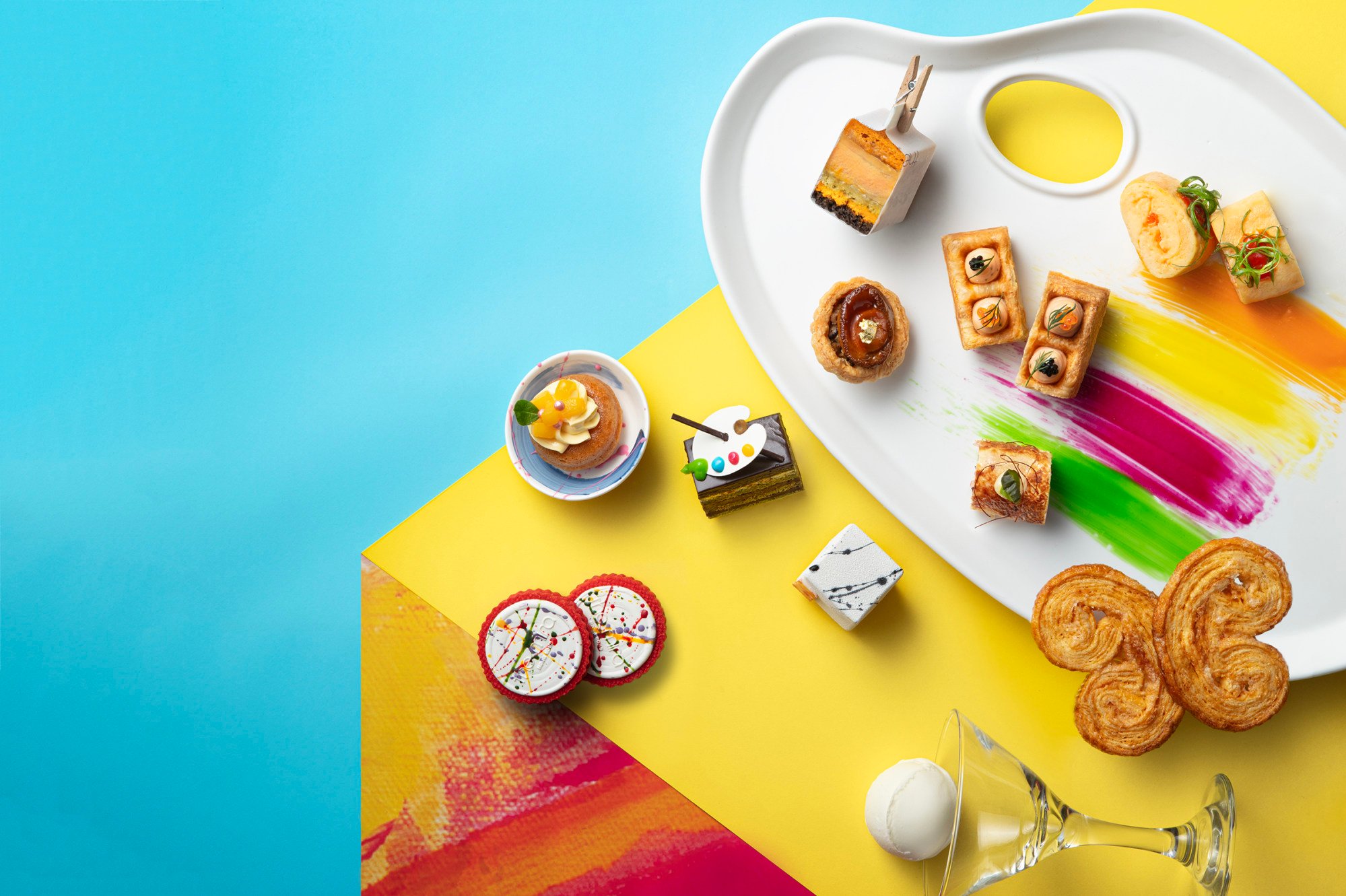
Hong Kong restaurants celebrate Art Basel’s return with artsy menus inspired by Banksy, Dali and more – a feast for the eyes and palate
-
March is art month in Hong Kong, and restaurants and bars are celebrating with art-inspired menus to excite the eyes and taste buds
-
From dishes inspired by international artists and an ancient Chinese poem to art-themed tea sets and surrealist cocktails, here are our picks of what’s on offer
Castellana (UG & 1/F, Club Lusitano Building, 16 Ice House Street, Central), in Hong Kong’s Central neighbourhood, is celebrating with a five-course art week menu by chef Romeo Morelli.
The meal begins with a prawn tartare served in a cold bisque, followed by roasted Italian Mantovana pumpkin soup. Tajarin pasta with Japanese sea urchin and hazelnut has a delicate balance of sweet and savoury flavours, while seared Fassona beef is served on a bed of grapes.

‘The simplest, dumbest materials’: how art gallery conversion painted silver stands out by blending in
-
Hong Kong contemporary art gallery Kiang Malingue announces itself with its eye-catching silver exterior. The bold adaptive reuse continues inside
-
A 1960s six-storey building has become a four-floor gallery housing a white cube, but with walls on other floors stripped back to their raw concrete
Scan Queen’s Road East for a Middle Eastern takeaway and a Chinese furniture shop. The gap between them is the “secret” entrance hiding in plain sight.
Make your way through the portal and gird for the steep passage ahead. The glint from a slim, six-storey-tall building will lead to your goal.
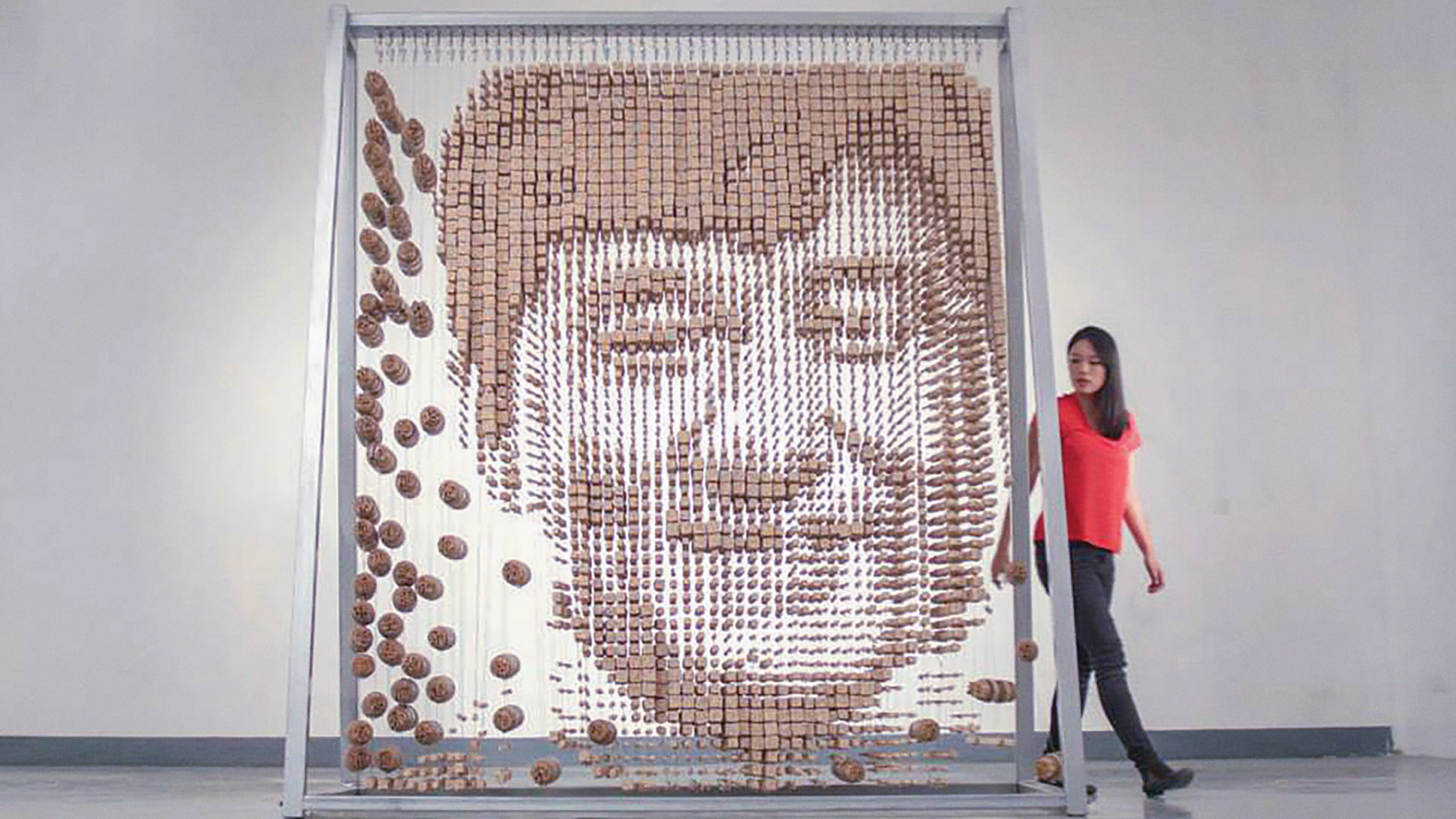
Jackie Chan’s face made from 64,000 chopsticks, 20,000 tea bags for giant image of street vendor – Red Hong Yi’s incredible creations
-
Malaysian visual artist Red Hong Yi tells the stories behind some of her most ambitious works in her first book, How To Paint Without a Brush
-
Her works invite one to look at things differently, their success lying in her use of everyday materials, transformed and viewed in a different light
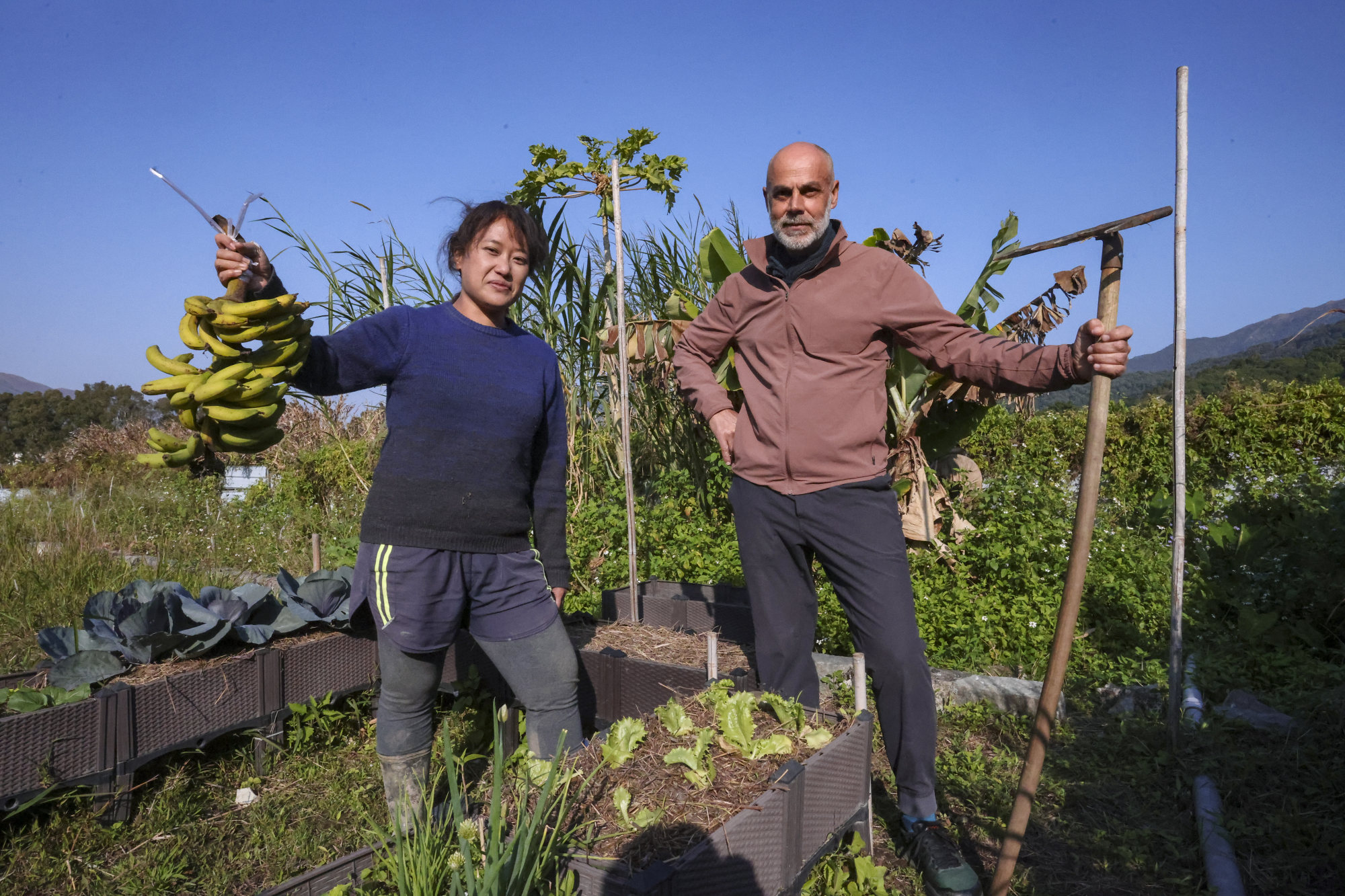
‘Grow better human beings’: farmer-artists in Hong Kong on traditional farming, food ethics and their mixed callings
-
Natalie Lo and Laurent Gutierrez got into farming for very different reasons but both focus on its traditional values and host educational activities
-
‘We always have the possibility of a food crisis’ in Hong Kong, Gutierrez says, something that was seen with panic buying during the pandemic
The one-time travel journalist’s art practice runs in tandem with her farming duties and is based on her close observation of the natural environment. Her works are exhibited widely and included in the Sigg Collection and housed in the Asian Art Museum in San Francisco.
Laurent Gutierrez has a background in architecture and is a professor at Hong Kong Polytechnic University’s School of Design.
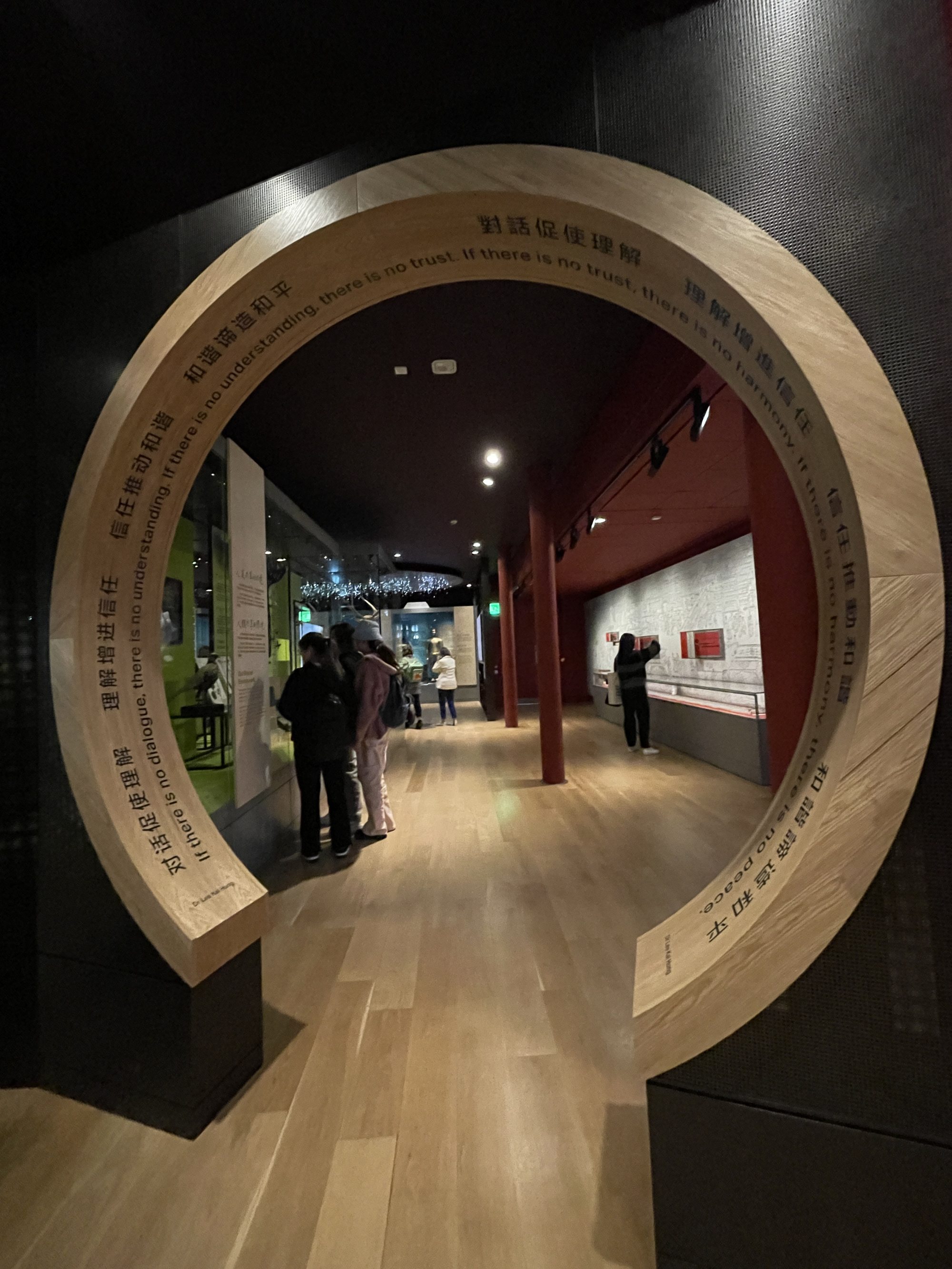
New gallery at Britain’s Manchester Museum charts China’s historic links with what Lonely Planet calls ‘one of the coolest cities in the world’
-
Manchester Museum’s new China Gallery celebrates historic links between the country and the city, with exhibits on sharing technology, stories and even animals
-
Funded by a donation from a Hong Kong businessman, among its features is a famous 18th century scroll and a night sky installation about Chinese Valentine’s Day
We know all this because of two 12-metre printed scrolls that, placed end to end, provide remarkable detail of how the people of that city lived and walked and celebrated and did business more than three centuries ago.
Global Impact is a fortnightly curated newsletter featuring a news topic originating in China with a significant macro impact for our newsreaders around the world.


